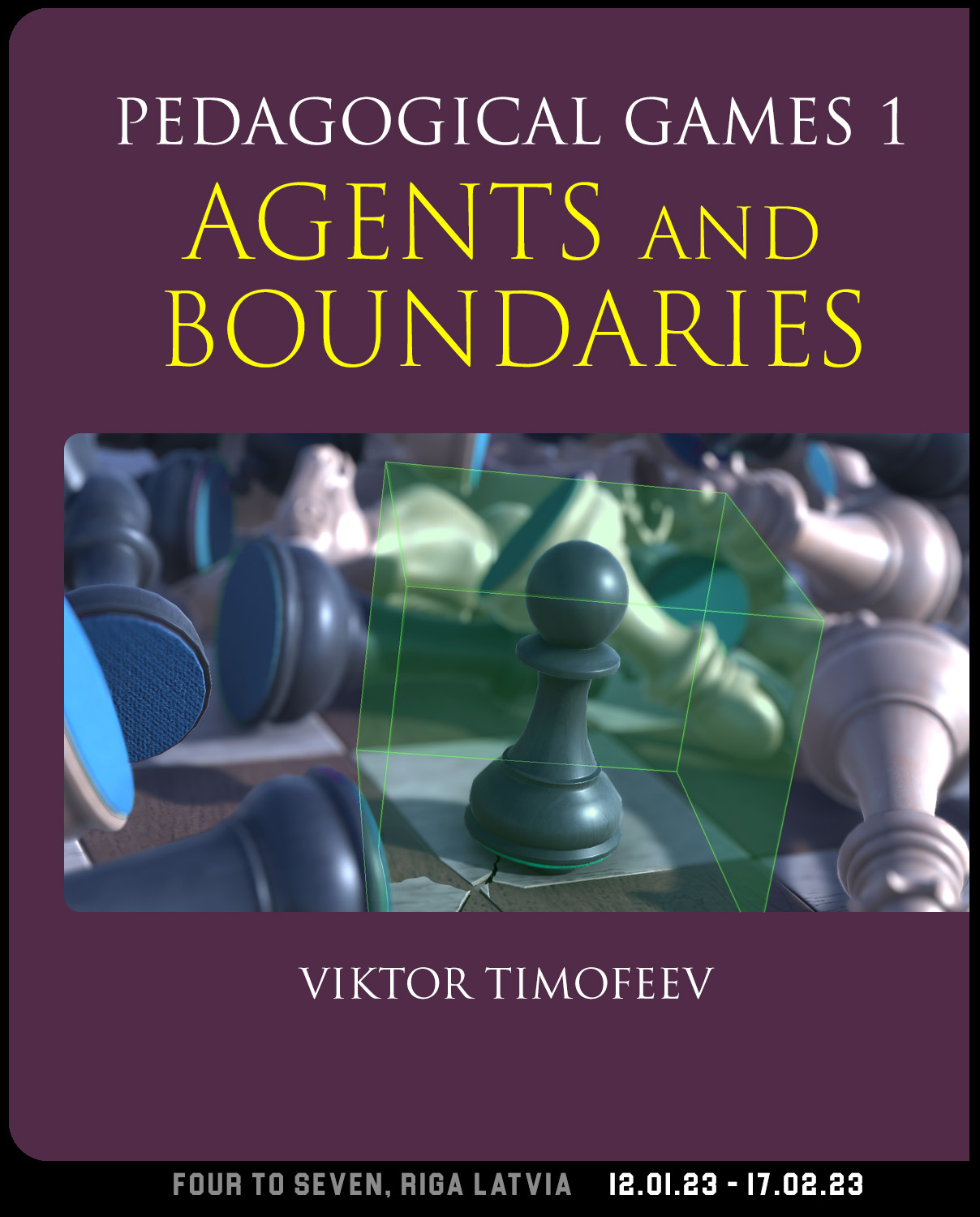Pedagogical Games 1. Agents and Boundaries
Viktor Timofeev
12/01 – 17/02/2024
“Playing a game is the voluntary attempt to overcome unnecessary obstacles”
Bernard Suits from his 1978 book The Grasshopper: Games, Life and Utopia.
Over the last several years, I’ve been teaching experimental computer games classes to both art and non art students at a few universities. On a weekly basis, we play, discuss and make games using some basic programming. My focus is similar to any studio class, encouraging students to let loose with the medium and in the process express themselves and whatever is on their mind. The games we make tend to be simple yet unexpectedly existential – first person cameras that roam blocky, geometric landscapes collecting pointless items, opening an infinite amount of doors and interacting with faceless characters. Time and time again, I have found myself moved by students’ games that are able to address topics such as trouble at home or personal anxiety using deceptively simple means. But the most memorable experience from these classes has been watching students present – and play – their own games in front of the class. If their games are introspective mirrors, playing through them is a way of inhabiting and cathartically owning them (at least this is what some of the students have told me). Needless to say, these classes have left an impression on me.
The Bernard Suits quote listed above is something we discuss early on. Being able to temporarily construct and inhabit a space where you have absolute agency, however constrained, can be incredibly empowering in a world that often feels outside of our control. This is generally my own personal relationship to artmaking (as a personal hobby, not necessarily as a public career). I first started making art as a way to cope with issues surrounding my health. Then it became my home as I moved to new countries. And recently, as I’ve spent a lot of my time teaching, I have found it in my curriculum. For example, when introducing a new tool such as text, I share a mini-game that I built using only that tool. My games are usually something very simple, or absurdly impossible, in order to demonstrate a possible extremity. This was the start of my “pedagogical games”, and also how this exhibition began.
Agents and Boundaries, the current exhibition at 427, evolved to encompass several overlapping themes. The first comes from one of my mini-games, which covered navigation for AI “bots” and collision detection between objects. The name of that week’s class was literally agents and boundaries. I decided it was odd enough to take out of context and stage an exhibition around. So I expanded the game to take place in a virtual version of the 427 gallery, and included a few more levels. The “goal” is to avoid contact with everyone surrounding you while traversing several labyrinths. In the exhibition, the game is presented on a computer terminal that is mirrored to a projector, recreating the classroom dynamic including the awkward, uneven lighting. It can be interpreted as negotiating between invisible constructs, such as social relationships and societal norms.
Growing up in Riga speaking both Latvian and Russian languages, my Latvian language was halted when me and my family immigrated to America. Once my grandfather, who always encouraged my Latvian identity, passed away, so too did my closest link to the language. When I made my way back to Riga as an adult, I found myself wanting to blend in. Only recently have I accepted that this will never be the case and that my fractured identities are commonplace and something I can embrace. This mixing of languages inspired my ongoing work that is a mutating alphabet. The version made for this exhibition takes the first four letters of the Roman alphabet and systematically scrambles them indefinitely. Sometimes new letter-like formations are created; other times, the chimeric foreign characters are pure nonsense.
The gallery radiator is extended to surround the perimeter of the space, creating an illusion of a cradle-like enclosure for the visitor, shrinking them to the size of a child. This effect is compounded by the room-sized projector screen and oversized mural of a window. Taken together with the classroom aesthetics, this play with scale is intended to flip the pedagogical environment – “adults” are the children here, left to play with its unfamiliar logic.
- Viktor Timofeev
Viktor Timofeev (b. 1984, Riga) is an artist based in New York. Timofeev’s multidisciplinary practice is informed by personal experiences, speculative imaginings and everything in between. Working across generative software, video, painting, installation and sound, Timofeev combines these mediums to create semi-fictional environments. He received his MFA at the Piet Zwart Institute in Rotterdam and his BFA at Hunter College in New York. He hosts monthly events that include screenings, performances and sensory deprivation listening sessions at No Moon, an event space in Brooklyn he co-founded in 2018.
Recent solo exhibitions include DOG at Interstate Projects, New York (2021); God Objects at Futura/Karlin Studios, Prague (2020); Stairway to Melon at kim? Contemporary Art Center, Riga (2017); and S.T.A.T.E. at Drawing Room, London (2016). Recent group exhibitions include Shallow Springs at Kohta Kunsthalle, Helsinki (2023); Digital Intimacy at the National Gallery Prague (2021), 14th Baltic Triennial at CAC, Vilnius (2021); Unexpected Encounters at the Latvian National Museum of Art (2019); A Barbarian In Paris at Fondation Ricard, Paris (2018); and Somewhere In Between at Bozar, Brussels (2018).
Support: VKKF (State Culture Capital Foundation)


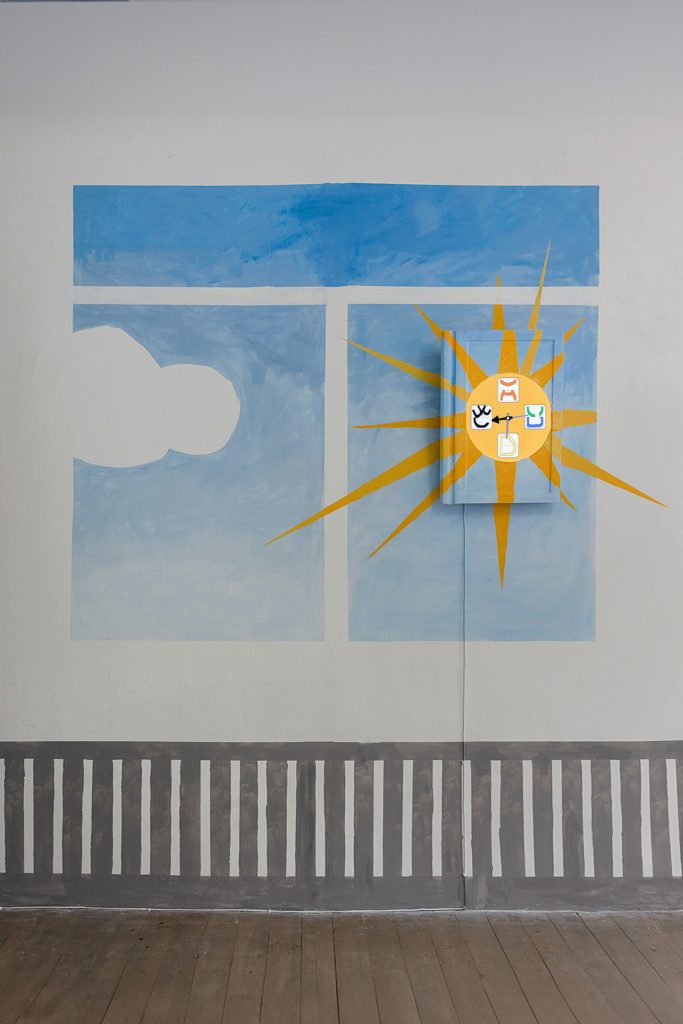
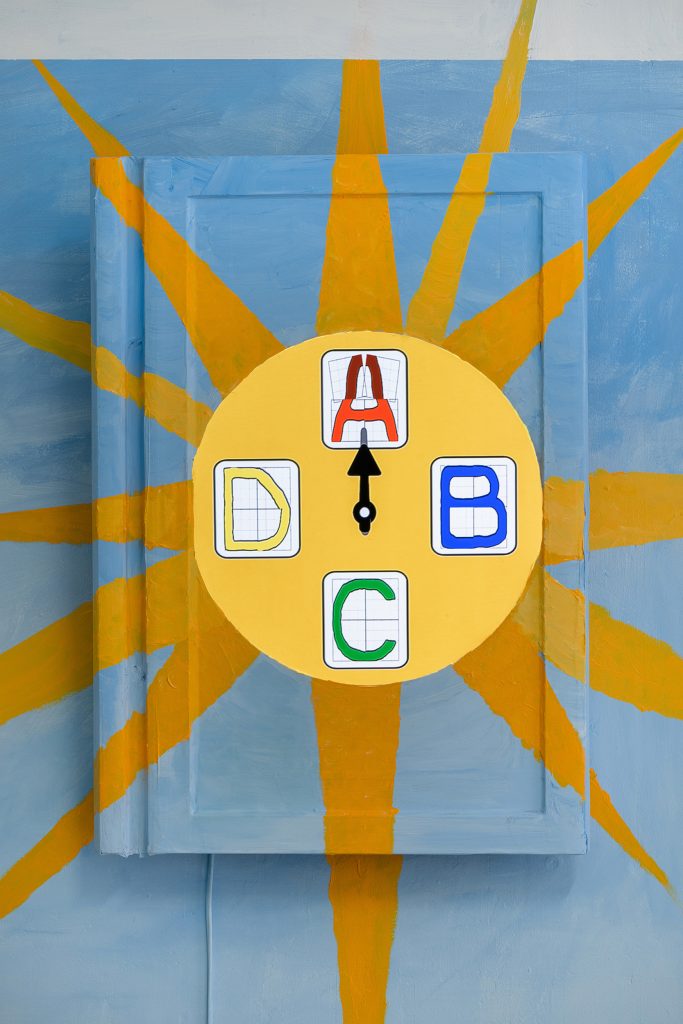
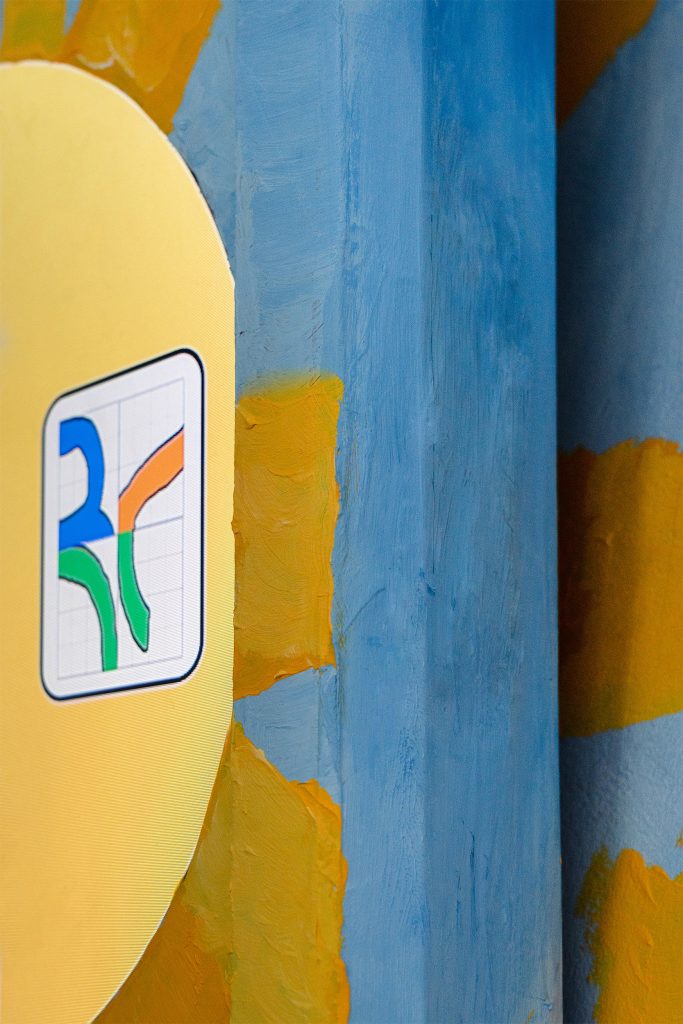
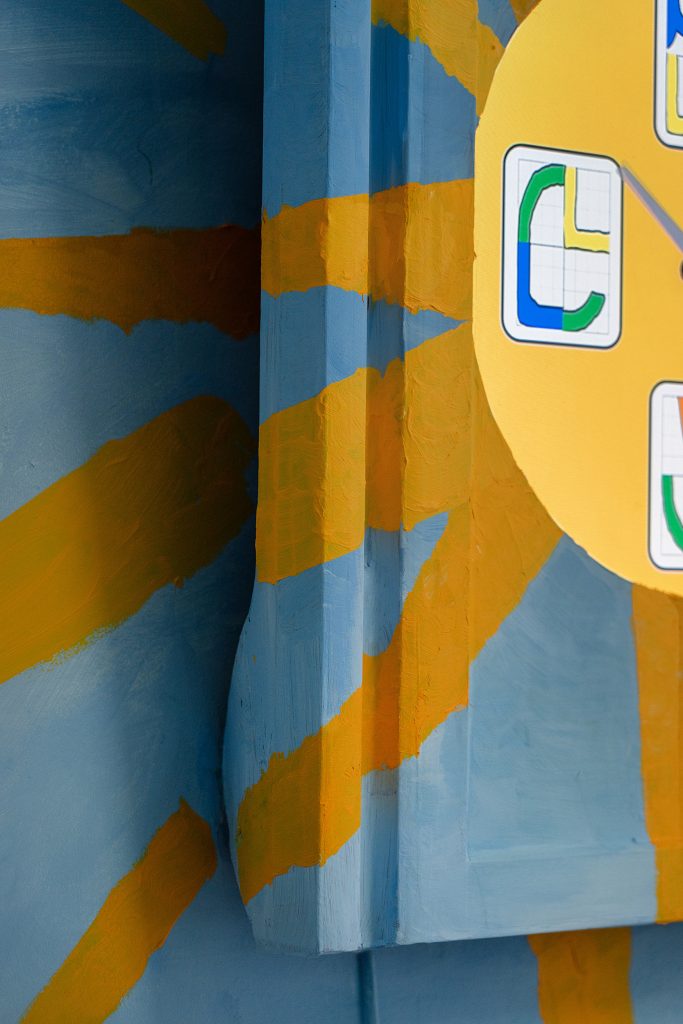

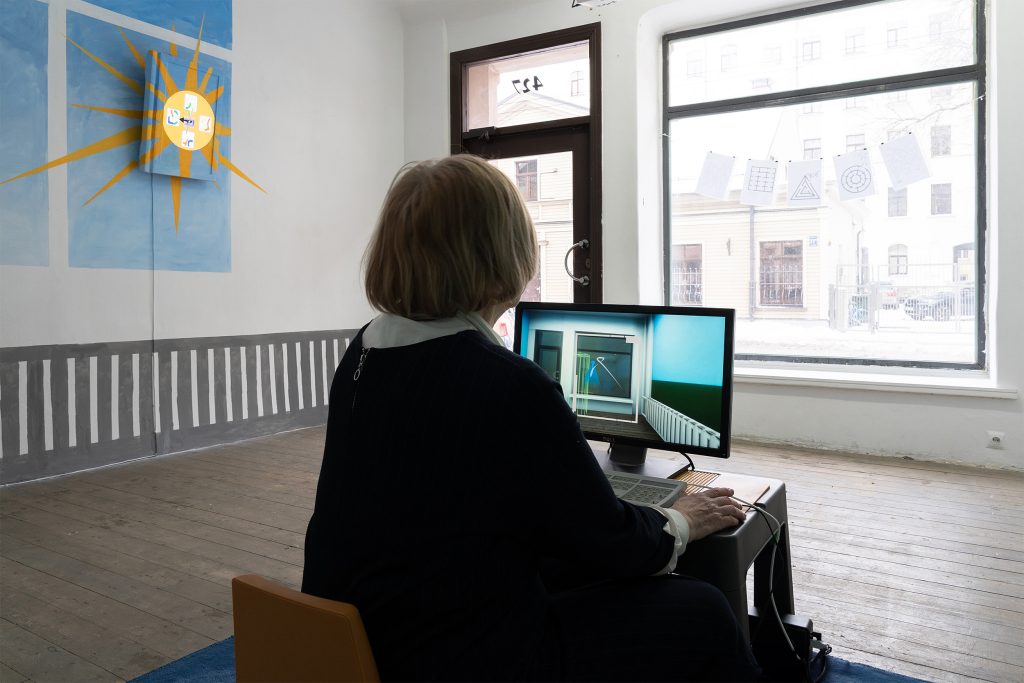
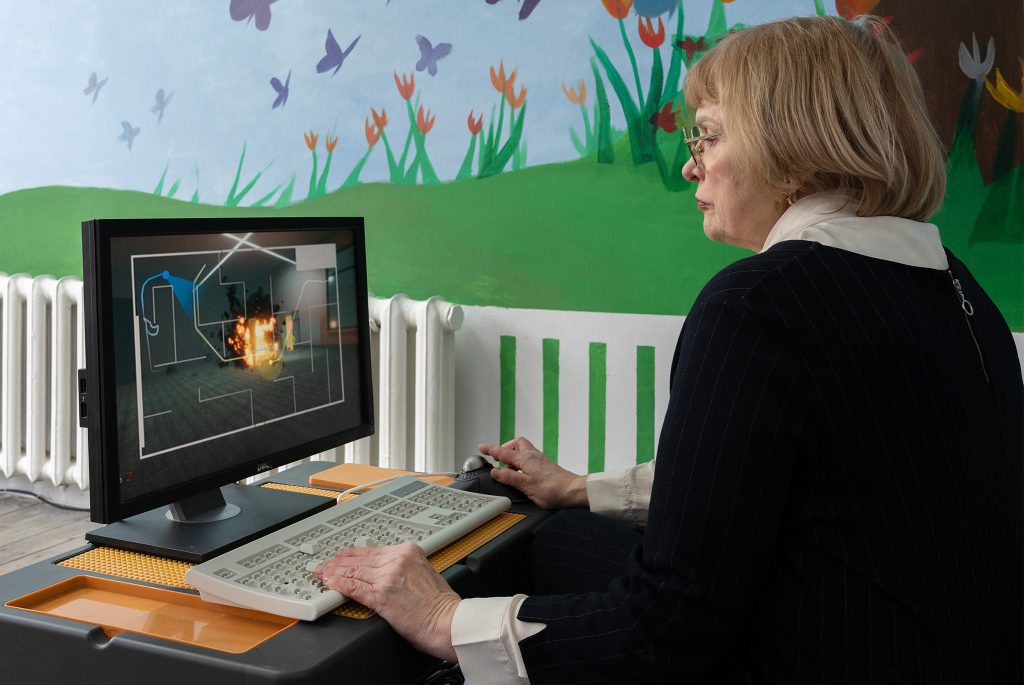






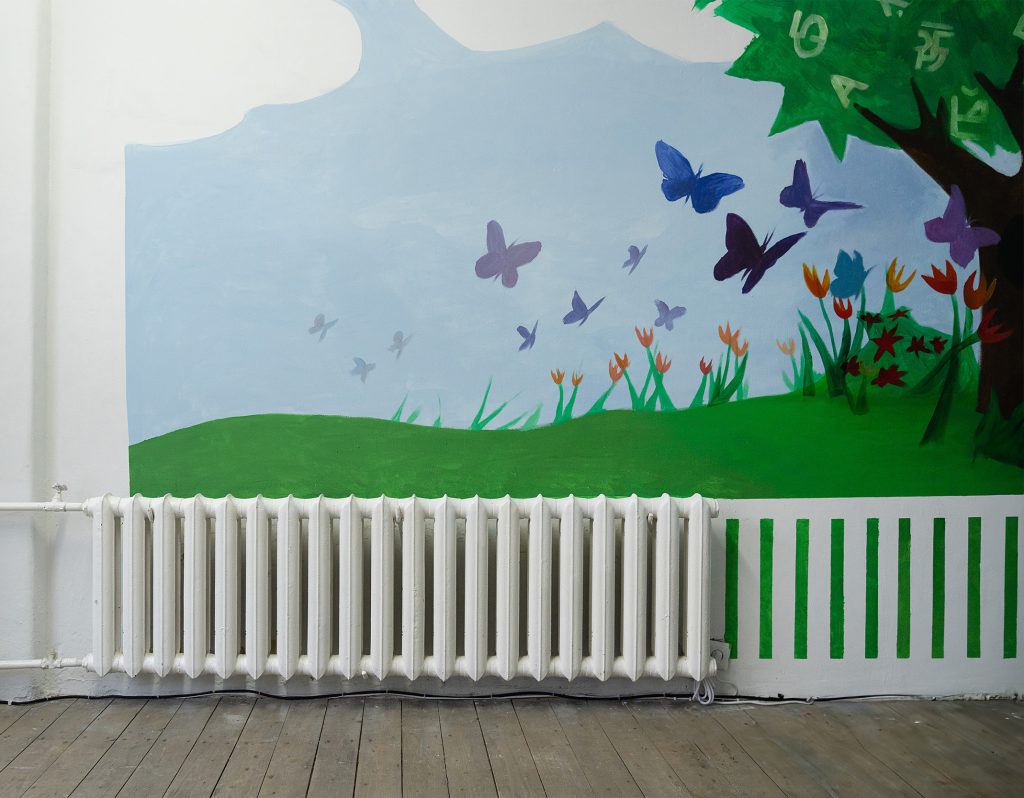
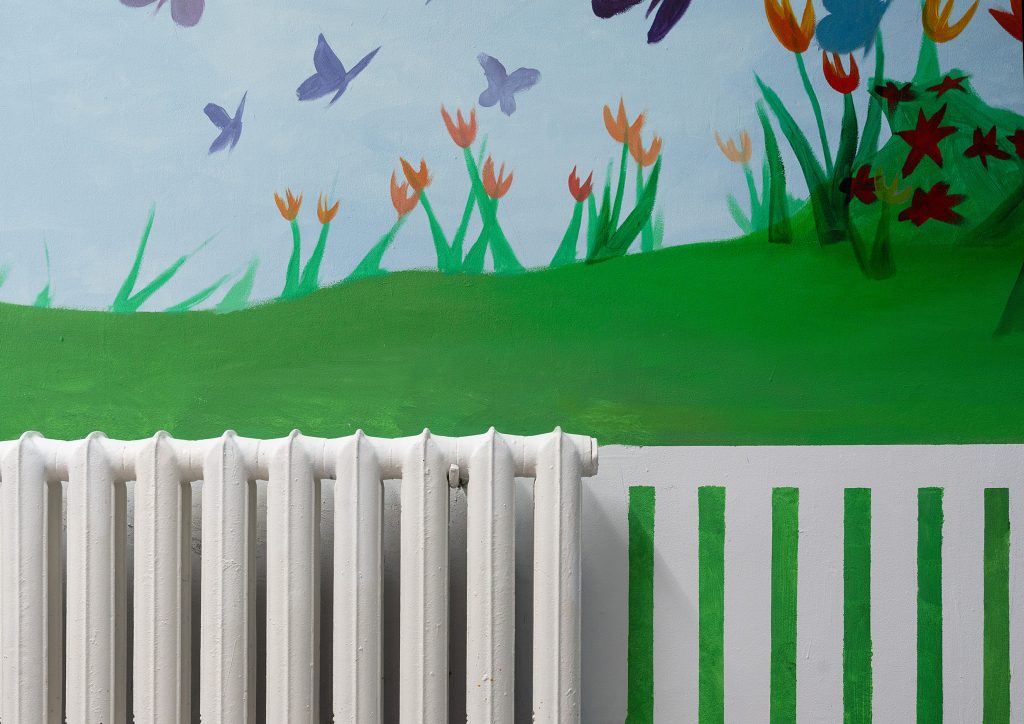

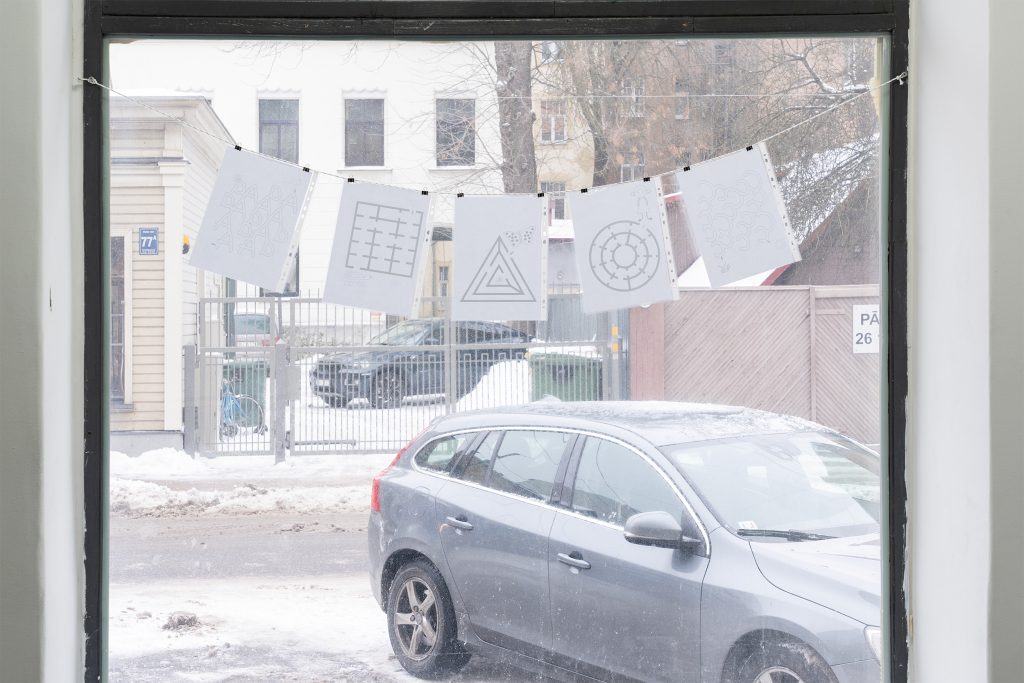

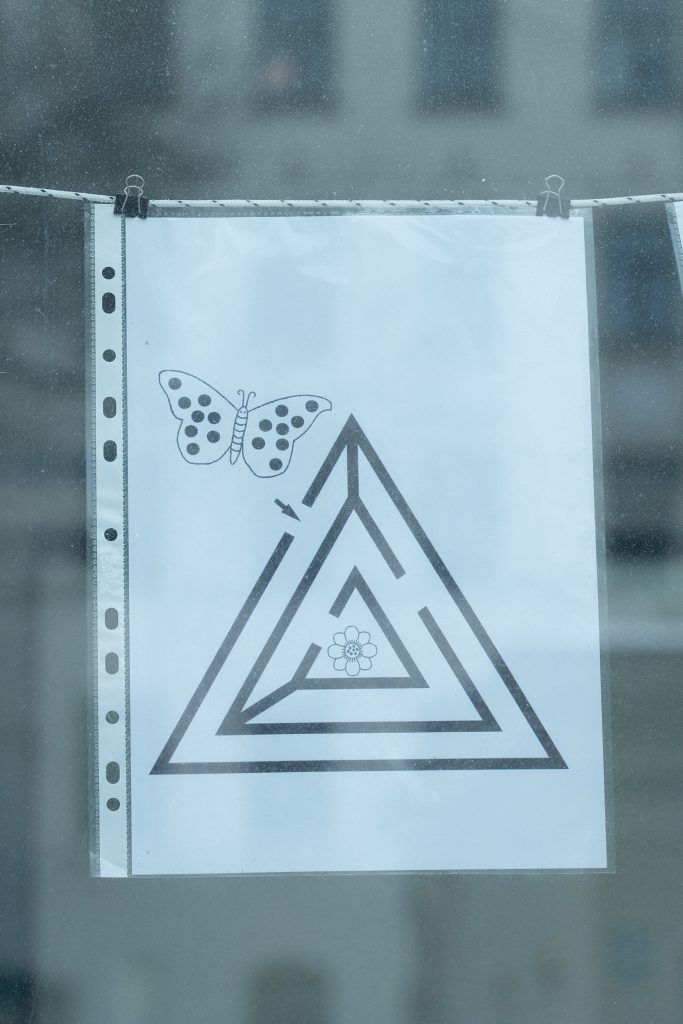
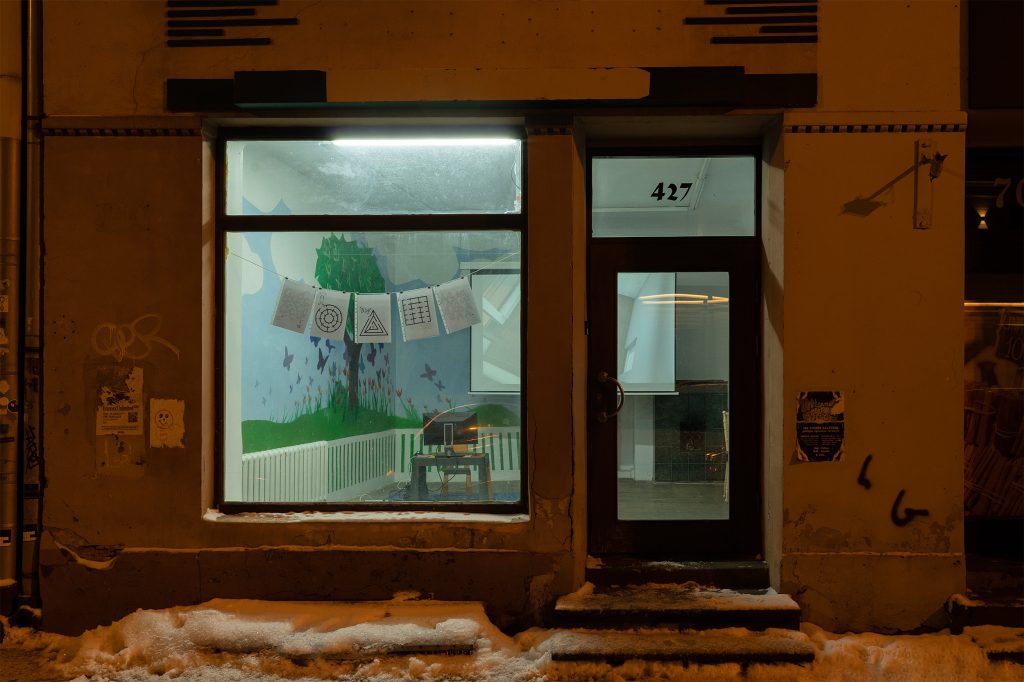
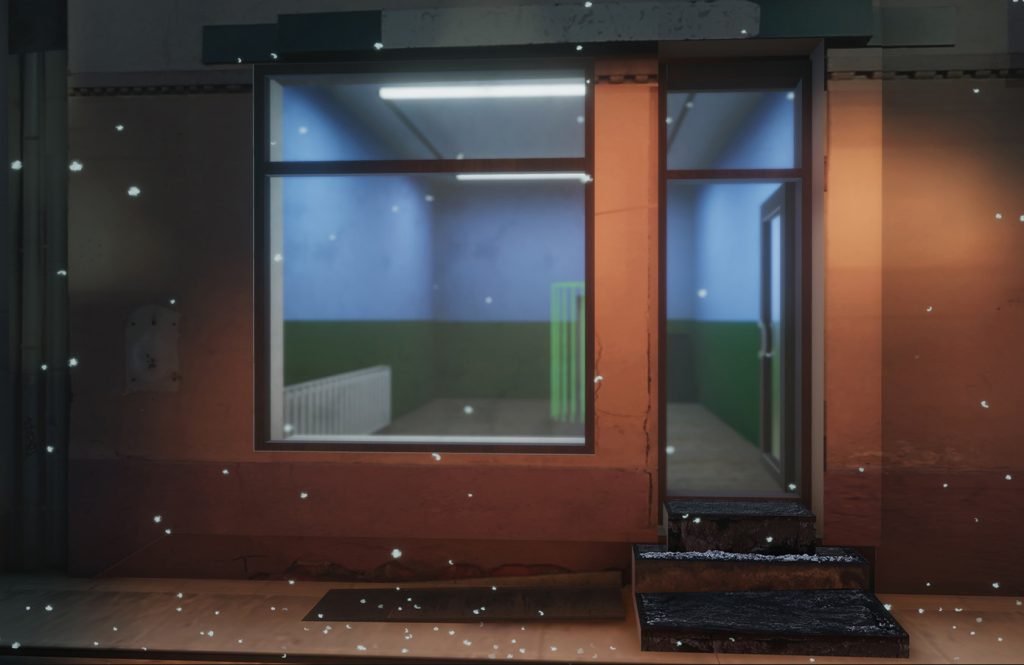
Photos: Līga Spunde
